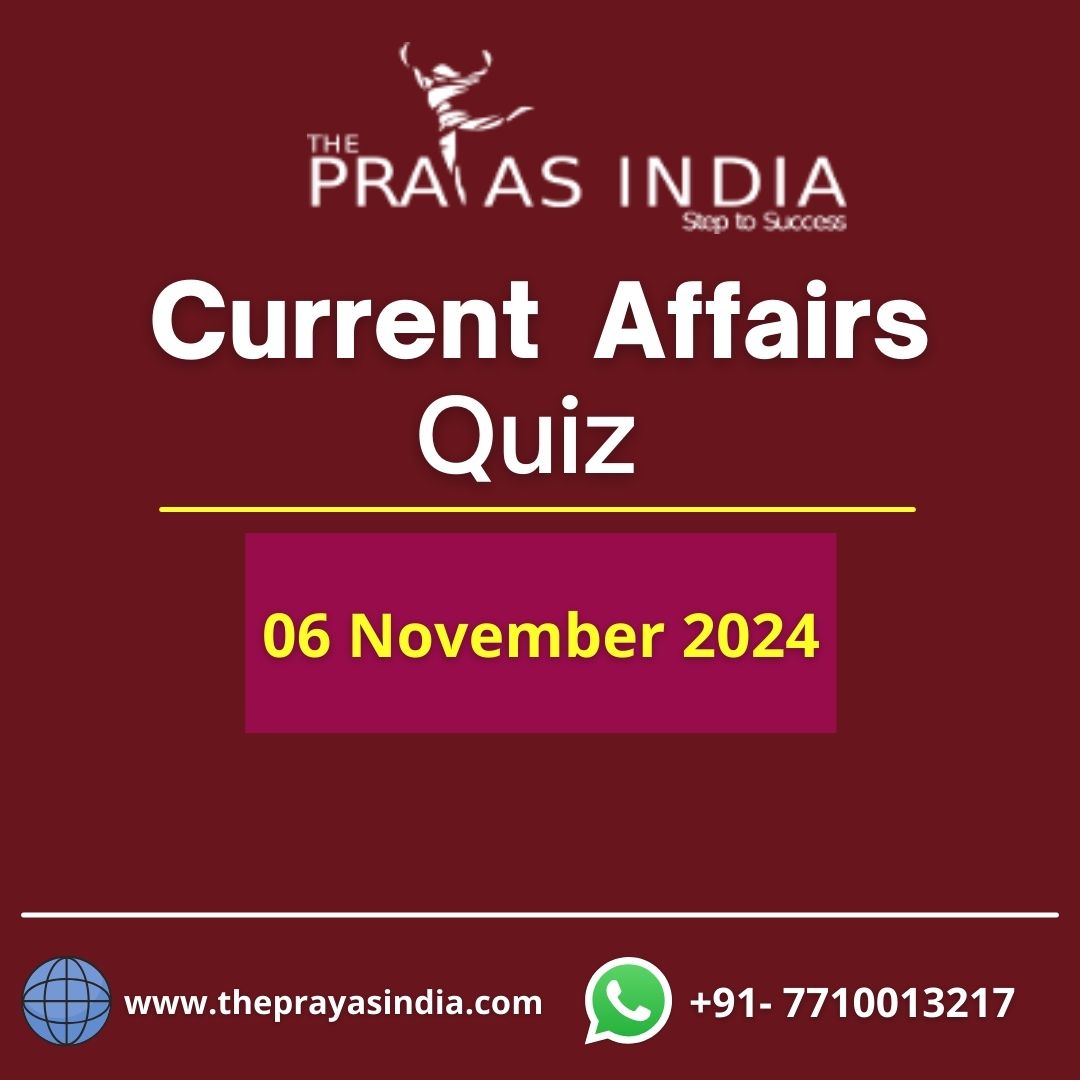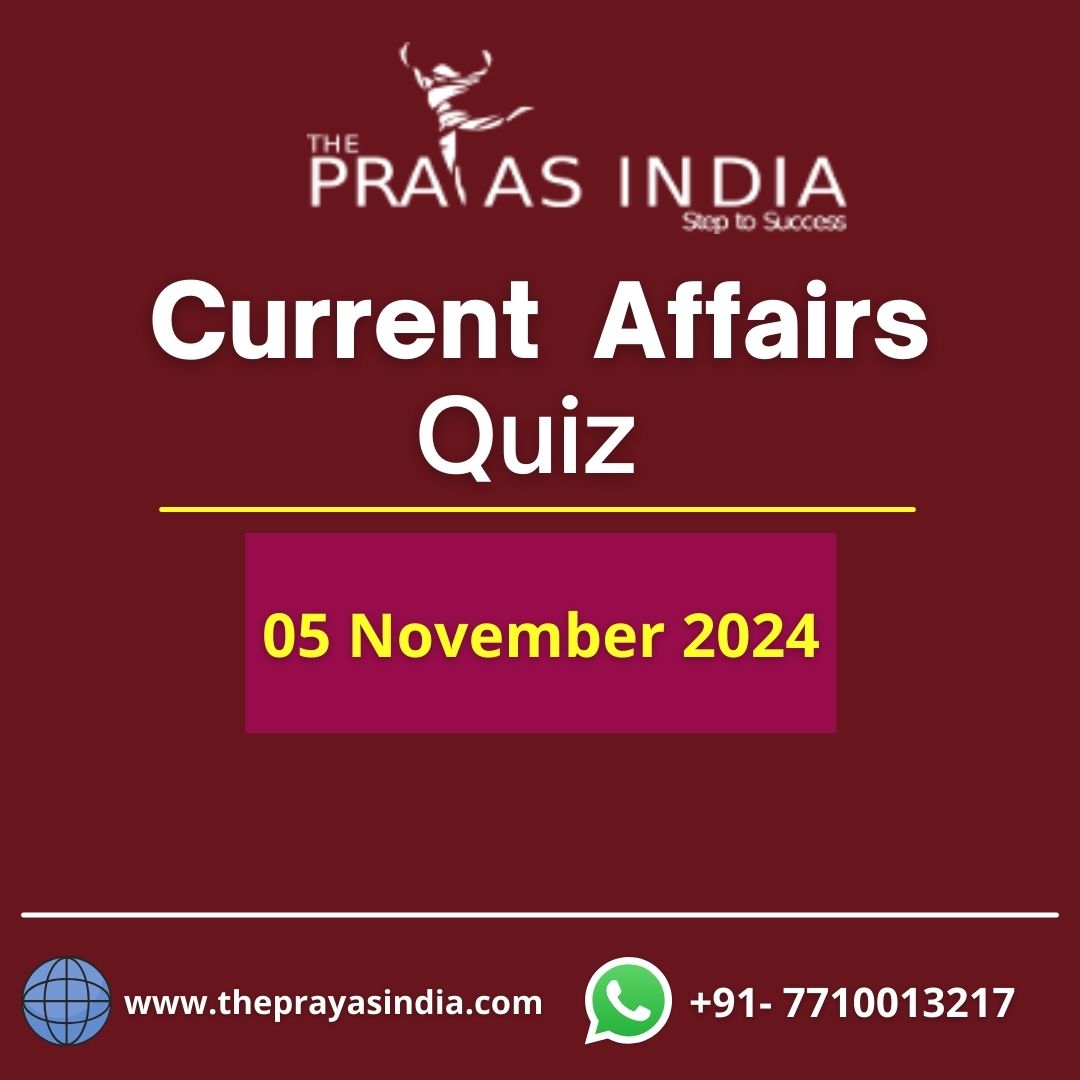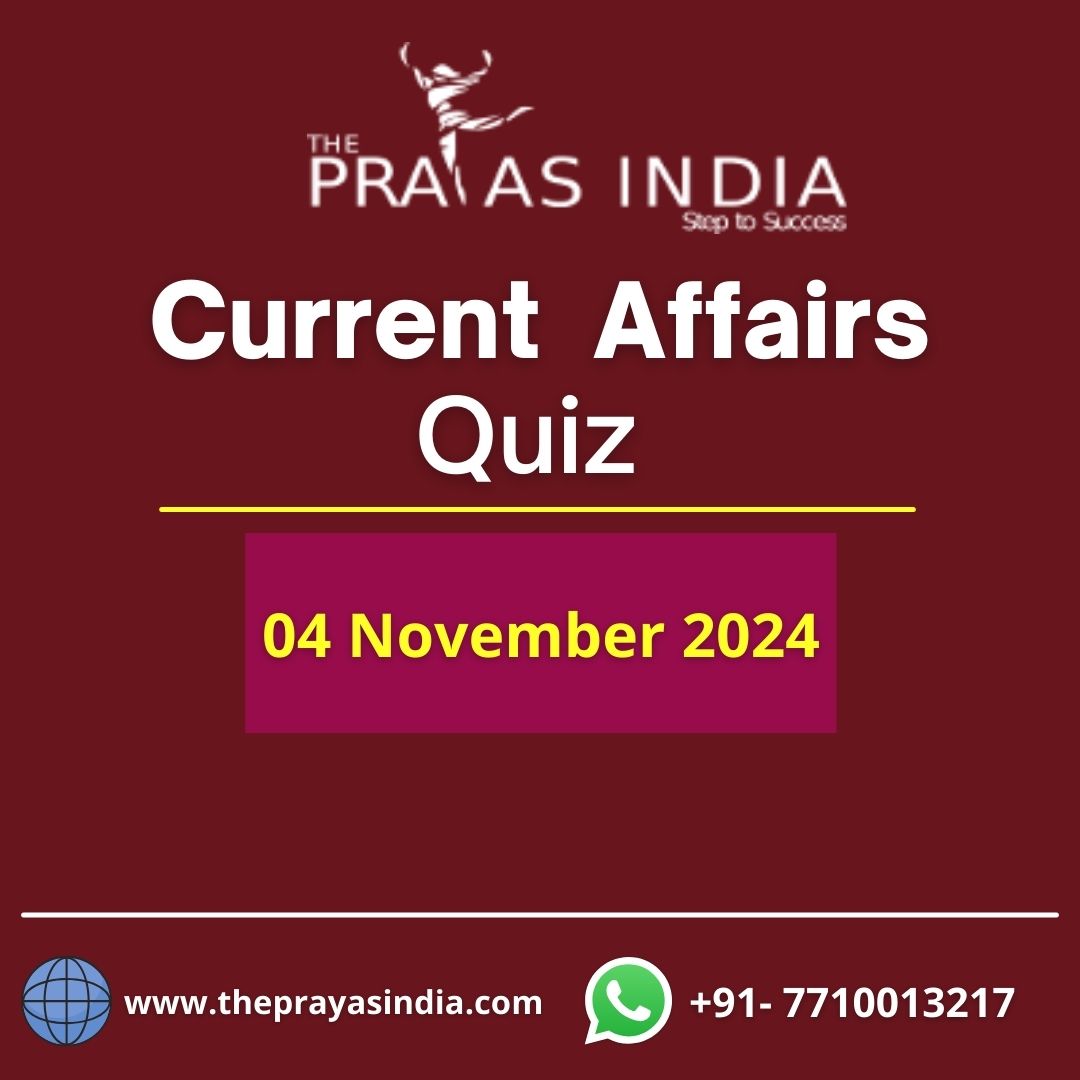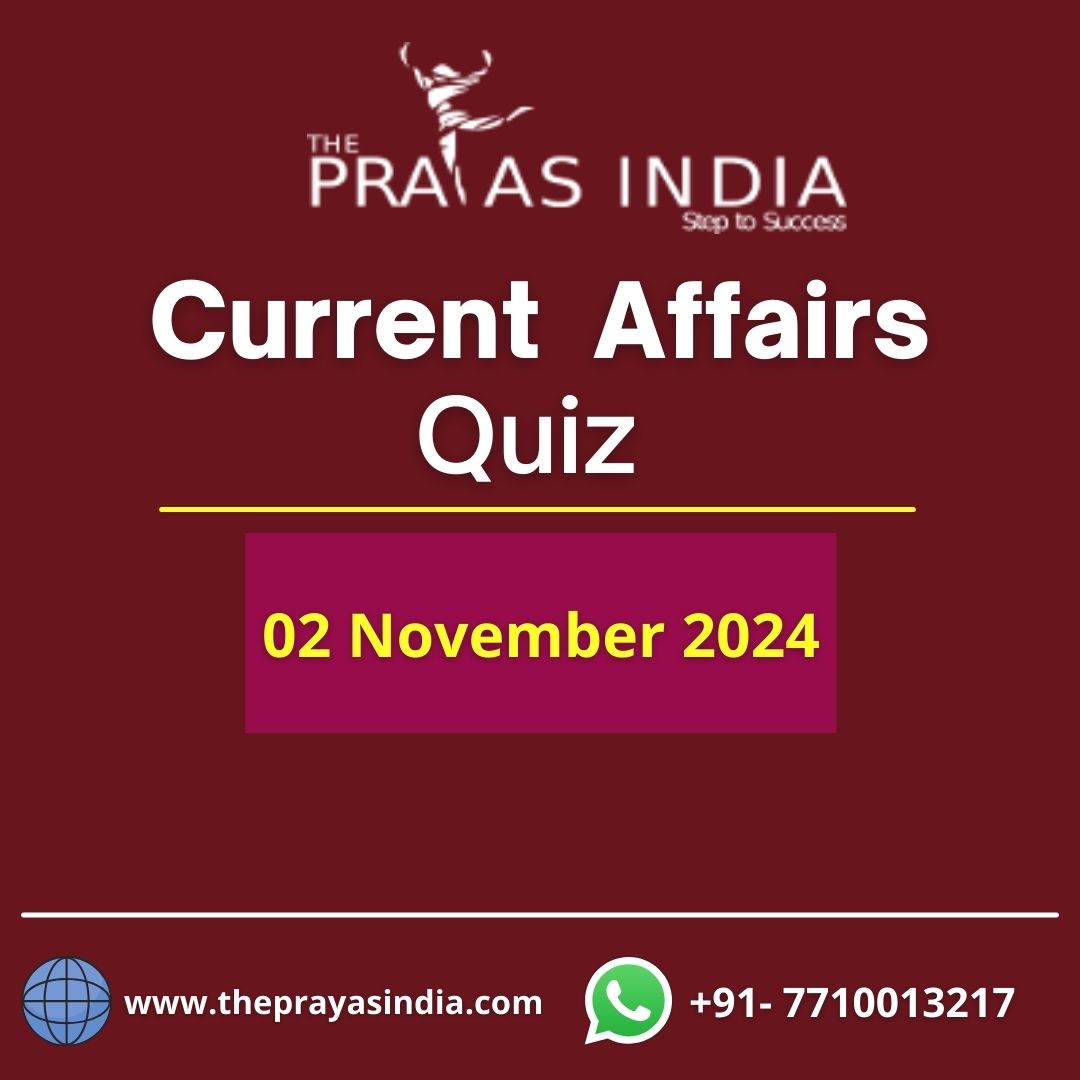Q1. Which of the following statements with respect to Rigveda are correct?
1. The Rigvedic hymns were called Sukta.
2. Rigveda was being composed in the north-west of the subcontinent.
3. Rigveda was read rather than recited and heard.
4. Maximum hymns were for Indra, Soma, and Agni.
- 1 and 2 only
- 1 and 3 only
- 1, 2 and 4
- All
Explanation:
- The oldest Veda is the Rigveda, composed about 3500 years ago. The Rigveda includes more than a thousand hymn, called sukta or well-said.The hymns are in the praise of various gods and goddesses. The three gods are especially important are Agni, the god of fire; Indra, a warrior god; and Soma, a plant from which a special drink was prepared.
- The people who composed the hymns described themselves as Aryas and called their opponents Dasa or Dasyus. The Rigveda was being composed in the north- west of the subcontinent.
- The Rigveda was recited and heard rather than read. It was written down several centuries after it was first composed, and printed less than 200 years ago.
Q2. Consider the following statement about Rigvedic period:
1.Economic life was centered around agriculture and cattle rearing.
2.Bull was worshiped in early Vedic period.
3.The family was primarily monogamous and patriarchal.
4.Widow remarriage and child marriage was prevalent.
Which of the above statements is/are correct?
- 1 only
- 1 and 3 only
- 1 and 4
- All
Explanation:
- The economic life of the RigVedic people centered around agriculture, cattle rearing and trade and commerce.
- During the RigVedic time the gods worshipped are generally the personified powers of nature. The Vedic gods can be classified into three categories, namely terrestrial (prithivisthana), aerial or intermediate (antarikshasthana), and celestial (dyusthana).
- The trade and traders (vanik) were known in the RigVedic era. Barter was in vogue. It has been found that ten cows were quoted as the price for an image of Indra. The conception of money can be traced in the mention of a gift of 100 nishkas. Money-lending was also known.
- The unit of society was family, primarily monogamous and patriachical. Child marriage was not in vogue. There are a few references to the freedom of choice in marriage.
- A widow could marry the younger brother of her deceased husband. The wife was husband’s partner in all religious and social ceremonies.
- The father’s property was inherited by son. The daughter could inherit it only if she was the only child of her parents. Right to property was known in moveable things like cattle, horse, gold and ornament and so also in immoveable property like land and house
Q3. What is / are the differences between the White Yajurveda and the Black Yajurveda?
- While the White yajurveda comprises has a clear distinction between Samhita and Brahamana, the Black Yajurveda comprises both mixed up.
- While the White Yajurveda is more prevalent in northern India, Black Yajurveda is more prevalent in South India.
- While the White Yajurveda is otherwise called Vajasaneyi Samhita, Black Yajurveda is otherwise called Taittriya Samhita.
Choose the correct option from the codes given below:
- 1 only
- 1 and 2 only
- 2 and 3 only
- 1 and 3 only
Explanation:
- Each Veda can be divided into two parts – Mantras and Brahmanas. A collection of Mantras is typically called a Samhita. Currently, and often in ancient Hindu tradition as well, it is often the Samhita portion alone which is referred to as the Veda. For instance, the word ‘Rigveda’ would typically mean the Rigveda Samhita.
- The Brahmanas have their own names and are more like theological treatises of the Vedas. The end portions of many Brahmanas have an esoteric content, called the ‘Aranyakas’. Embedded in these Aranyakas, or at their very end, are deeply spiritual treatises called the ‘Upanishads’. For several centuries now, Upanishads are the mainstay of Hindu spiritual traditions, and are held in the highest esteem.
- In the case of the Rigveda, Samaveda and the Atharvaveda, there is a clear-cut separation of the Mantra collection from the Brahmana portions. In contrast, the Yajurveda is of two types: Shukla (or white) Yajurveda and Krishna (or black) Yajurveda. In the former, the Mantra and Brahmana collections occur separate from each other. In the latter, the Mantra and the Brahmana portions are intermixed. Thus, the Taittiriya ‘Samhita’ belonging to the Krishna Yajurveda has Mantras interspersed with Brahmana portions. Even the Taittiriya ‘Brahmana’ has both Mantras and Brahmana passages mixed with each other.
- Shukla yajur veda (more prevalent amongst Brahmanas in the North parts of India) and Krshna yajur veda (more prevalent amongst Brahmanas of the South.) Krishna Yajur Veda the Samhita and Brahmana are not separate entities.
Q4. As per the ancient Indian legends, which among the following significant female figures of Vedic Period suffered from an incurable disfiguring disease, perhaps leprosy, which was treated by Ashwins?
- Ghosha
- Lopamudra
- Gargi
- Maitreyi
Q5. Which of the following Vedas means ‘wisdom of sacrificial formulas’?
- Rig-Veda
- Samveda
- Yajurveda
- Atharvaveda
Explanation:
Yajurveda means ‘wisdom of sacrificial formulas’
Q6. With reference to history of ancient India, Avadanas were
- hereditary lands
- buddhist texts
- village headmen
- administrative divisions
Explanation:
Avadanas were texts composed in Buddhist-hybrid Sanskrit. Their objective was to preach the teachings of Mahayana Buddhism to the people. Some of the important books of this genre were Mahavastu and Divyavadana.
Q7. Consider the following statements about the Nalanda University:
- It was set up by Harshvardhan in the seventh century A.D.
- It was a Buddhist mahavihara where Buddhist doctrines were taught.
Which of the statements given above is/are correct?
- 1 only
- 2 only
- Both 1 and 2
- Neither 1 nor 2
Explanation:
- Statement 1 is not correct: The Nalanda University was founded by Kumaragupta I during the Gupta period. It was patronized by his successors and later by Harsha. Nalanda University was a residential university and education was free including the boarding and lodging. According to Hsuan Tsang, the monastery at Nalanda was supported from the revenue of 100 villages.
- Statement 2 is correct: Nalanda is a mahavihara as it is a complex of several monastries of various sizes. There is evidence that all three Buddhist doctrines— Theravada, Mahayana and Vajrayana—were taught here and monks made their way to Nalanda and its neighbouring sites of Bodh Gaya and Kurkihar from China, Tibet and Central Asia in the north etc. Different religious subjects like the Vedas, Sankhya and Yoga philosophies were also taught.
Q8. Which of the following were the reasons for decline of Buddhism?
- Use of Sanskrit for preaching.
- Persecution of Buddhist monks by the kings.
- Invasions by Turks on the rich Buddhist monaste .
Select the correct answer using the code given below.
- 1 only
- 1, 2 and 3
- 1 and 2 only
- 1 and 3 only
Explanation:
- Buddhism became a victim to the evils of Brahmanism against which it had initially fought. To meet the Buddhist challenge, the Brahmanas reformed their religion. They stressed the need to preserve the cattle wealth and assured women and shudras of admission to heaven. Buddhism, on the other hand, changed for the worse. Gradually the Buddhist monks were cut off from the main stream of people’s lives; they gave up Pali, the language of the people, and took to Sanskrit, the language of intellectuals. From the 1st century onwards, they practised idol worship on a large scale and received numerous offerings from devotees. The rich offerings supplemented by generous royal grants to the Buddhist monasteries made the life of monks easy.
- The Brahman ruler Pushyamitra Shunga is said to have persecuted the Buddhists. Several instances of persecution occur in the sixth-seventh centuries. The Huna king Mihirakula, who was a worshipper of Shiva killed hundreds of Buddhists. The Shaivite Shashank Gauda felled the Bodhi tree at Bodh gaya where Buddha had attained enlightenment.
- For their riches, the monasteries came to be invaded by the Turkish invaders. The Turks killed a large number of Buddhist monks in Bihar, although some of the monks managed to escape to Nepal and Tibet. In any event, by the 12th century, Buddhism had virtually disappeared from the land of its birth. Hence, all the statements are correct.
Q9. Buddha was not represented in human form in art before the Christian era. Which among the following symbols were used to represent Buddha?
- Foot prints
- Empty Throne
- Umbrella
Select the correct answer using the code given below.
- 1 and 2 only
- 2 and 3 only
- 1 and 3 only
- 1, 2 and 3
Explanation:
Buddha was never represented in human form in Buddhist art before the Christian era, as his spirituality was considered too abstract for the purpose. Buddha’s presence in early Indian art is, therefore, suggested by symbols like the Bodhi tree under which he attained enlightenment, the wheel of law, foot prints, the royal umbrella, the stupa and an empty throne, etc
Q10. An Indian saint- philosopher credited with popularising Buddhism in foreign lands. The saint is considered to be a key figure in the establishment of the Sarma schools of Tibetan Buddhism. Which among the following saints is being described in the above paragraph?
- Kapil
- Atisa
- Sthulabhadra
- Vallabhacharya
Explanation:
- Atisa Dipankara Srijnana (982 – 1054 CE) was a Buddhist Bengali religious leader. He was one of the major figures in the spread of 11th-century Mahayana and Vajrayana Buddhism in Asia and inspired Buddhist thought from Tibet to Sumatra. He is recognised as one of the greatest figures of classical Buddhism, and Atisa’s chief disciple Dromton was the founder of the Kadam School. Atisa is also considered to be a key figure in the establishment of the Sarma schools of Tibetan Buddhism.
- Kapil is associated with Sankhya Philosophy.
- Sthulbhadra is related to Jainism.
- Vallabhacharya is related to Vedanta philosophy.




